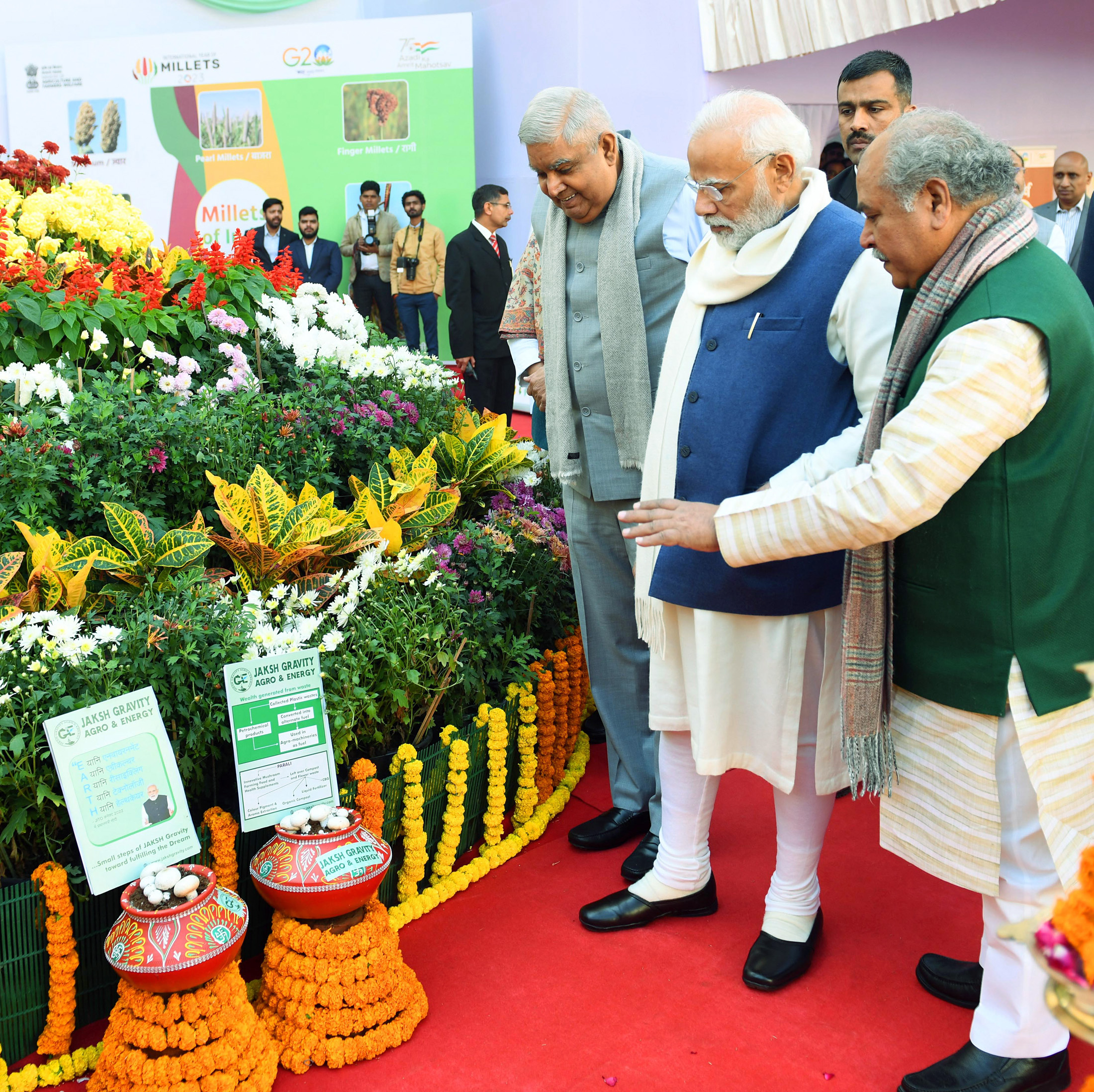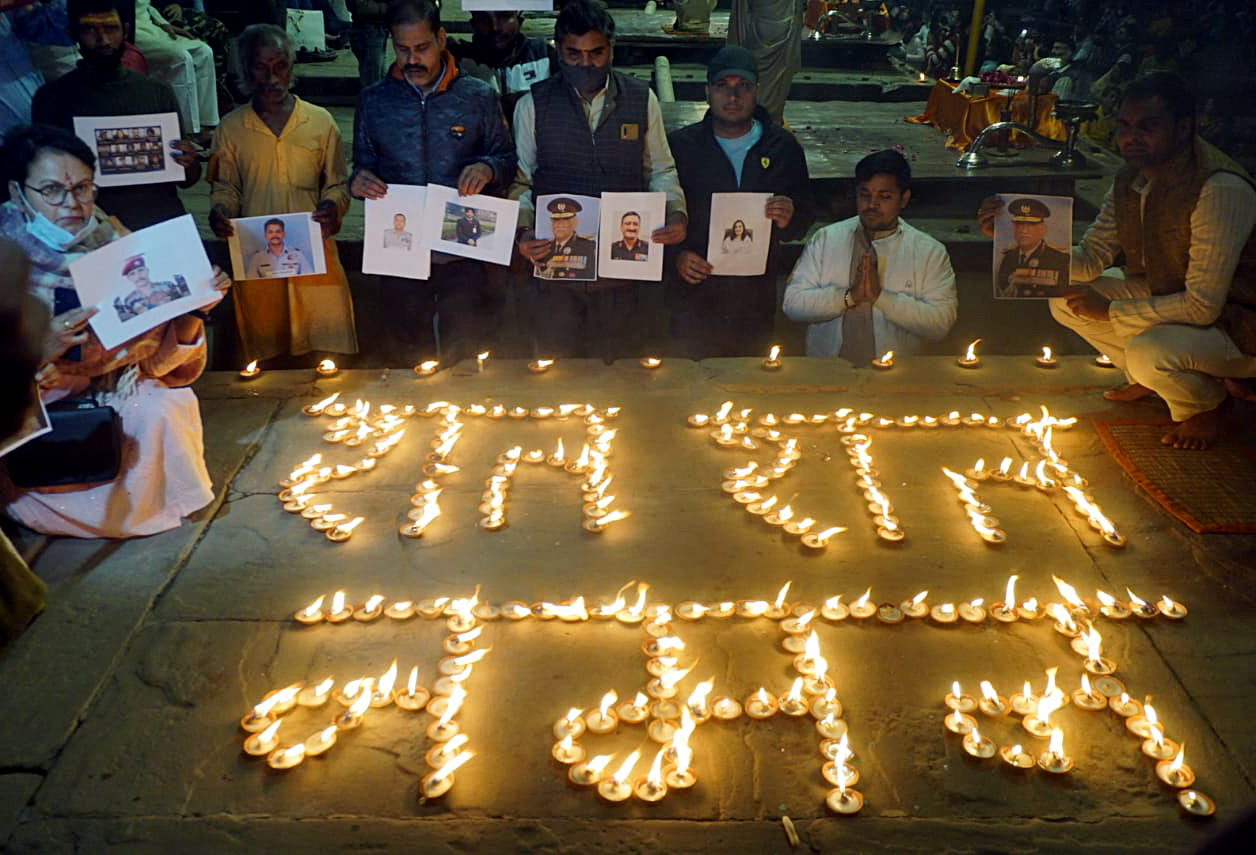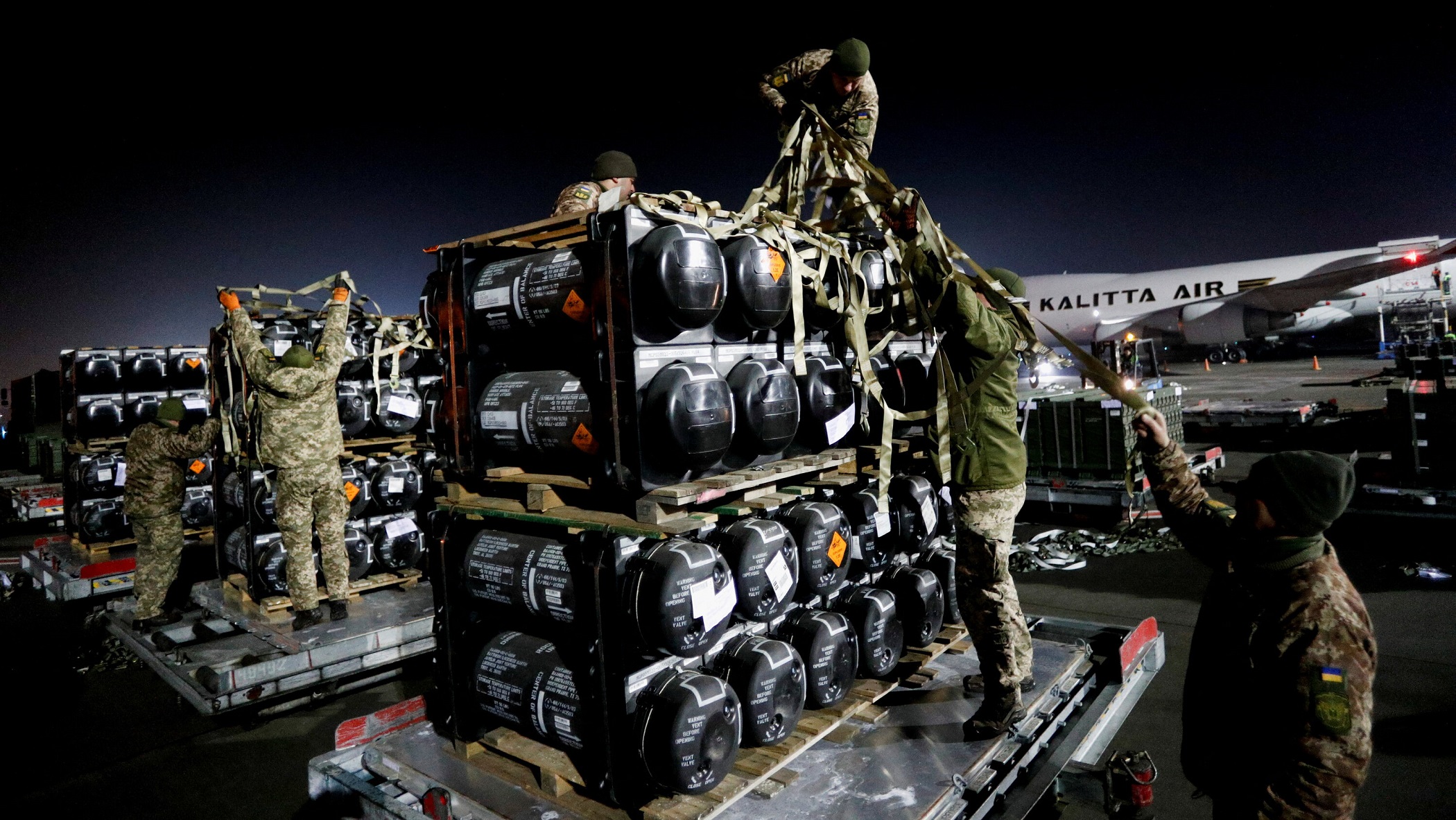After the 1998 nuclear tests, India engaged with the global non-proliferation order. The tests invited sanctions from a few countries, including the United States, and condemnation from many countries
Rajiv Nayan
On 11 May, India is completing 25 years of its formally declared nuclear weapons status. India conducted three nuclear tests (45 kiloton thermonuclear, 15 kiloton fission device, and 0.2 sub-kiloton devices) that day in 1998, followed by two more tests in the sub-kiloton category (0.5 and 0.3 kiloton devices) on 13 May the same year. In 1974, India conducted a Peaceful Nuclear Explosion (PNE), which it does not accept was a nuclear weapons test.
Where does India stand after 25 years of its declaration to be called a nuclear weapons country? Allaying initial global apprehensions, India sought accommodation in the global nuclear order. The international nuclear community seems to have reconciled to nuclear India, except by granting Nuclear Weapons State status under the Nuclear Non-Proliferation Treaty (NPT). It has strived for the task incrementally. Its active candidature for membership of the Nuclear Suppliers Group (NSG) is reflective of its desire for nuclear accommodation.
After the 1998 nuclear tests, India engaged with the global non-proliferation order. The tests invited sanctions from a few countries, including the United States, and condemnation from many countries. The United Nations Security Council, too, passed a resolution against the tests. Geopolitical developments like 9/11 on the one hand and India’s diplomacy on the other greatly contributed to the process of India’s engagement with the nuclear order, including the non-proliferation regime.
The Strobe Talbott–Jaswant Singh rounds of talks made India abandon its policy of estrangement from the international non-proliferation order. This estrangement had begun since the entry into force of NPT in 1970. India had actively participated in the negotiations process of the treaty. It had also proposed its own resolution for the construction of the treaty but the international body opted for the Irish resolution.
In those years, its insistence was on stemming both vertical proliferation (qualitative development of nuclear weapons by the nuclear weapons countries) and horizontal proliferation (the spread of nuclear weapons beyond the five nuclear weapons states recognised by the NPT). By the beginning of the 21st century, India started accepting the idea of non-proliferation. Over the years, it adopted not only non-proliferation norms but also different non-proliferation tools and mechanisms.
After the 1998 nuclear tests, the phase of integration with the nuclear order and the non-proliferation regime started. India began the journey from estrangement to engagement and a positive and vibrant relationship with the regime. India harmonised its export control system with the guidelines of the NSG and the Missile Technology Control Regime (MTCR). Even if India is waiting for the NSG membership, it joined the MTCR.
The defining moment of India’s relationship with the non-proliferation order came with the 2005 India–United States Civil Nuclear Energy Initiative, popularly known as the Indo-US nuclear deal. It gave an opportunity for India to mainstream itself with the non-proliferation regime. The action saw resistance within India as also from the West. In India, a section of the policy community opposed the deal on the grounds of national security and strategic autonomy.
In the West, the opposition came mainly from the non-proliferation community, which was reluctant to accept an NPT-defined non-nuclear weapons country possessing nuclear weapons getting mainstreamed with the non-proliferation order. The treaty remained intact but the rules, which had evolved over the years to support the treaty, were adjusted to make way for India.
The NSG’s guidelines became the focus. In 2008, the guidelines of the Group had clean exemptions for India. The divided Western world finally adapted the regime. The new collaboration between the West, and countries like Japan with India started on various nuclear issues. The Western nuclear noise became soothing for India. The entire Western bloc has pushed India’s case for membership of the NSG.
Today, unlike Pakistan and China, India has gained legitimacy as a responsible nuclear weapon country in the comity of nations. The proliferation network-hidden and manifest, sullied the image of India’s two nuclear neighbours. Despite all the independent or combined moves of China and Pakistan, the NSG guidelines, leave alone the membership of the regime, have not been stirred for Pakistan. As a result, it is still relying on the black or grey market for its nuclear commerce. China, blatantly, assists Pakistan in violating the nuclear laws and norms to which it is a party.
India’s track record as a responsible nuclear weapon country is reflected in its policy of nuclear restraint. This policy, in turn, is based not only on its nuclear doctrine of credible nuclear deterrence and no first use (NFU) but also reflects in exercising control during border crises. Unlike Pakistan, India has never indulged in sabre-rattling, whether against China or Pakistan.
Some may argue that it does not need to give nuclear threats against Pakistan which is conventionally inferior to India. However, India does not do such things even against China, which is perceived conventionally superior to it. It is a different issue that in recent years, many Indian and Western analysts have come out with their writings busting the Chinese conventional superiority myth vis-à-vis India.
Doomsayers maintained that the two South Asian countries had fought the wars in the past and the absence of redlines between the two countries may lead the war-prone countries to fight another war in the nuclear mode. This myth was busted soon. India and Pakistan fought a war in Kargil in 1999. Needless to say, the war was fought without any nuclear exchange.
This war also busted the long-held myth that war between two nuclear weapons countries would compulsorily be nuclear in nature. In a way, nuclearisation of India and to an extent, of Pakistan, rewrote old nuclear theology. It should have silenced the theoreticians of a nuclear holocaust in South Asia but after a few more years, the irrational imagination kept coming. For this kind of occasional and sporadic illusion, Pakistan’s nuclear policy is greatly responsible.
India has become a source and supporter of global nuclear stability. It adhered to many of the nuclear initiatives it had opposed once. Despite not signing the NPT, it supports the stabilising role of the treaty. It has made it quite clear that it does not want to rock it. The treaty may thrive or fall on the basis of its own merits and demerits. Similarly, despite maintaining a good friendship with Iran, it advises it to comply with the treaty it has signed.
Today, nuclear India is commemorating its 25th anniversary. The struggle for the nomenclature—de facto or dejure/nuclear weapon or non-nuclear weapon state, has disappeared. India is a nuclear weapon country that possesses robust nuclear deterrence but still believes that a world without nuclear weapons is a safe place. It supports genuine and serious nuclear disarmament initiatives, not arms control screening nuclear disarmament. The synergised Shanti (peace) and Shakti (strength) mantra of India is supporting the contemporary global nuclear order.
Dr Rajiv Nayan is Senior Research Associate at the Manohar Parrikar Institute for Defence Studies and Analyses, New Delhi.
Views expressed are of the author and do not necessarily reflect the views of the Manohar Parrikar IDSA or of the Government of India.
This article first appeared in the Comments section of the website (www.idsa.in) of Manohar Parrikar Institute for Defense Studies and Analyses, New Delhi on May 11, 2023


























